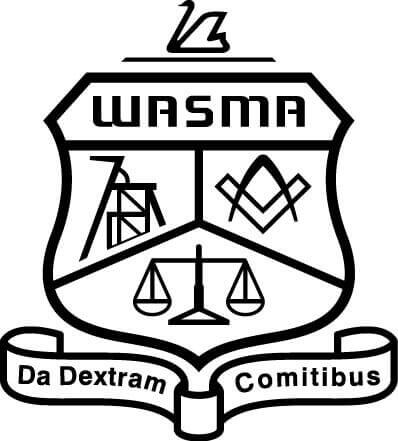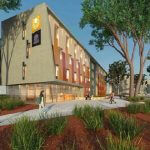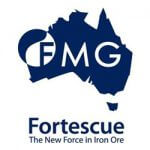In the 50 years Curtin University has housed the over 110-year-old WA School of Mines in the city of Kalgoorlie, the industry has taken a leap into a brave new world and many of its alums have been leaders in modern day mining innovation.
The region, situated just shy of 600km north-east of Perth, is a “global centre” for mining related tertiary education and research according to its peers – where new technologies have paved the way for students taking a modern approach to the study of mining engineering and metallurgical engineering.
Now, in a landmark year for the campus, the school has been recognised for its contributions to the mining community having been ranked second among 53 of the best schools of mining and mineral engineering around the world and the best in Australia.
“Ours is one of the oldest mining programmes around and, certainly within the School of Mines, the university has developed an international reputation over its past history,” professor Sam Spearing, director of the WA School of Mines, said.
“But it is also pleasing, considering Curtin University is only 50 years old, to see the university is also going toe-to-toe with some of the world’s oldest and most renowned universities and is a credit to the whole staff we have here.”
Originally set up in 1902 in the town of Coolgardie, the school was moved the 40km trip to Kalgoorlie a year later where it has remained ever since.
In the WA School of Mines, there are several courses for bachelors, masters and PhD students to take in the Departments of Applied Geology, Spatial Sciences, Exploration Geophysics, as well as Mining Engineering and Metallurgical Engineering.
Among its fellow schools across Australia, Curtin University was joined by the University of Queensland (third) and the University of New South Wales (fifth) in this year’s rankings and came second to the Colorado School of Mines in the United States.
The ranking system is based on four criteria including academic reputation, employer reputation, research citations and the H-index citations, which measures productivity and impact of the school’s published work.
Last year was the first in the QS Mining and Minerals ranking’s history and saw Curtin University placed 19th. In the past decade, Curtin University has been part of the same Mining Education Australia curricular also implemented by The University of Queensland, University of New South Wales and the University of Adelaide.
“To show an example of mining related technology changes, 50 years ago, surveying was all done manually and calculations done using log tables,” Prof Spearing continued. “Whereas now, we are using drones, lasers and automatic system-measuring equipment with amazing accuracy and our Spatial Science researchers are using this technology in the medial health field measuring facial features etcetera.
“A lot of it is centred around that buzzword ‘big data’ so, as our industry progresses it is going to perhaps involve less in the overall workforce but many more highly-skilled technicians, engineers, scientists focussing on safety, efficiency and sustainability.
“Engineers Australia requires all engineering students to have a certain number of workplace related hours before they are allowed to graduate and, being in Kalgoorlie – which is one of the few significant mining centres in the world – has big advantages.
“On the mining side, we are very well known in rock mechanics and metallurgical research work around hard rock mining and, in geology, we are very highly ranked for a huge range of work including planetary science, of which a lot takes place collaboratively outside of Australia.
“Within the WA School of Mines, everything we deliver is certainly well regarded, which is very pleasing for us and is obviously a useful asset for Curtin University itself.”
As well as mining, the university’s Faculty of Science and Engineering is making strides in other sectors including agriculture, marine geology and planetary science.
Around 30 per cent of the university’s overall student-base comes from abroad while half of the students in the WA School of Mines are international.
Professor Andris Stelbovics, Curtin’s Pro Vice-Chancellor of Science and Engineering, believes the ranking will further establish the university as an industry leader in mining.
“This is the highest ranking the university has received and, as part of a fiercely competitive industry, recognition like this will attract more students from around the world,” he said.
“Going on the ranking, it gives us more visibility internationally as we continue to aspire to be a global university. This is an incredibly good advertisement for our School of Mines and the Faculty of Science and Engineering.”

The history of the Western Australian School of Mines Alumni (WASMA) reflects the ups and downs of the Western Australian School of Mines (WASM) and the role it has played in supporting graduates in a range of activities and events. It also describes the important role that graduates have played in ensuring WASM remains in Kalgoorlie. Learn more.





